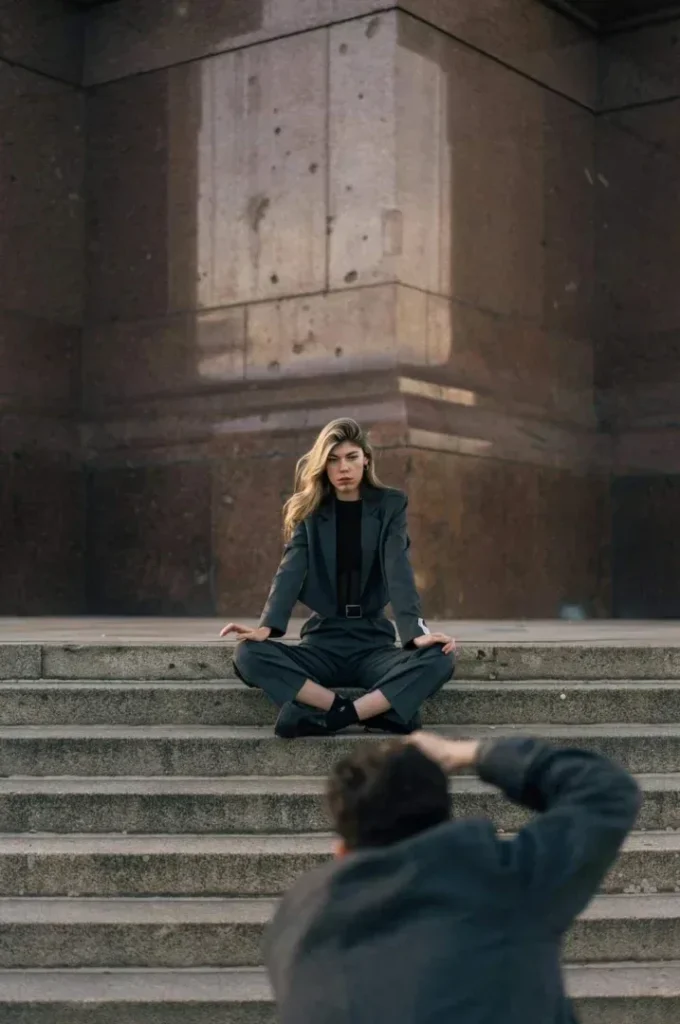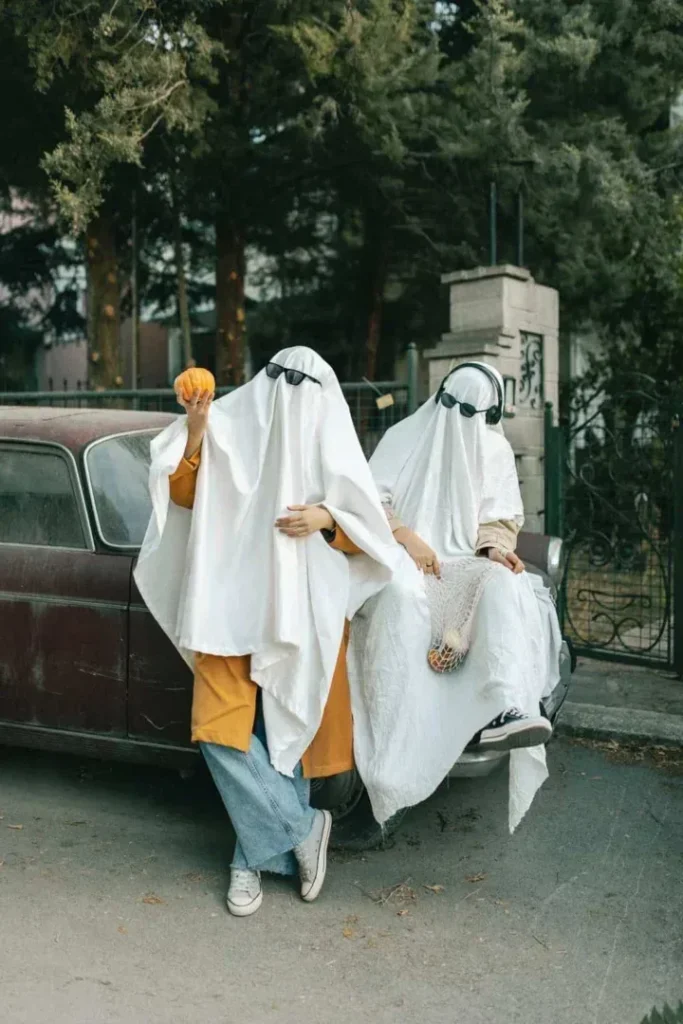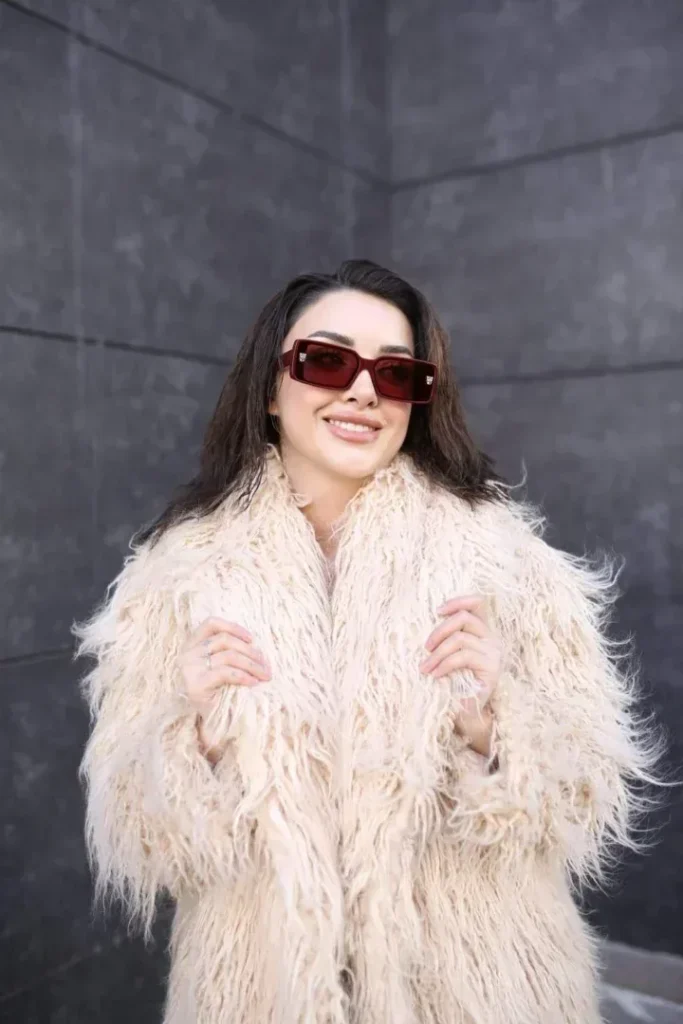So you’ve stumbled upon a term that’s been thrown around quite a bit lately: retro. You might have seen it on the latest fashion trends or heard it in conversations about interior design. But what exactly does retro mean, and does it automatically mean old fashioned? In this article, we’ll explore the essence of retro and whether it truly signifies a nod to the past or something more. Buckle up, because we’re about to uncover the hidden depths of this enigmatic word.
Defining Retro
Understanding the term Retro
When we talk about retro, we are referring to a style or design that is reminiscent of the past. It evokes a sense of nostalgia by imitating or paying homage to the trends, fashion, and aesthetics of a previous era. Retro can be found in various aspects of our lives, including fashion, interior design, technology, art, and culture. It takes inspiration from the past, but it is not necessarily outdated or old-fashioned.
Etymology and origin of the term
The term “retro” comes from the Latin word “retro,” meaning “backwards” or “in the past.” It gained popularity in the 1970s and was initially associated with nostalgia for the 1950s and 1960s. However, retro now encompasses a broader range of time periods, from the early 20th century to more recent decades. It has become a versatile term that captures the essence of different eras and their unique styles.
Retro in modern context
In the modern context, retro refers to the revival of past trends and styles with a contemporary twist. It is a blending of the old and the new, creating a sense of familiarity and comfort while still being relevant to the present. Retro has become a popular choice for those seeking to stand out from mainstream fashion and design, as it offers a unique and distinctive aesthetic. It allows individuals to express their personalities and interests through a curated mix of vintage-inspired elements.
Retro vs. Vintage
Differentiating Retro from Vintage
Retro and vintage are often used interchangeably, but they have distinct meanings. While both terms evoke a sense of the past, retro refers to the imitation or reinterpretation of past styles, whereas vintage refers to items that were produced during a specific time period and have retained their original qualities. Retro is a modern creation inspired by the past, while vintage is an authentic piece of history.
Commonly mistaken concepts
One common misconception is that retro and vintage are synonymous with old-fashioned or outdated. However, this is not true. Retro and vintage styles can coexist with contemporary elements, creating a unique blend of old and new. Another misconception is that vintage items must be expensive and rare, but there are various ways to incorporate vintage-inspired elements without breaking the bank.
Understanding the Vintage style
Vintage style is characterized by authenticity and nostalgia, as it embraces and celebrates the aesthetics of a particular era. It involves using genuine vintage items or replicas to recreate a specific time period’s atmosphere. Vintage fashion often involves classic silhouettes, timeless designs, and high-quality craftsmanship. Vintage interior design incorporates retro furniture, antique accents, and carefully curated decor to evoke a sense of nostalgia and elegance.

This image is property of images.pexels.com.
Interpreting Old-Fashioned
Definition of Old-Fashioned
Old-fashioned refers to something that is no longer in style or fashion, often associated with a bygone era. It implies a traditional or outdated way of doing things, reflecting the norms and customs of the past. While old-fashioned can be considered retro, not all retro styles are old-fashioned. Old-fashioned implies a lack of adaptability or relevance to the modern world, whereas retro styles can be successfully integrated into contemporary aesthetics.
Connotations associated with being Old-Fashioned
Being seen as old-fashioned can carry negative connotations, suggesting resistance to change or a refusal to embrace new ideas. It can be associated with being out of touch or irrelevant in a rapidly changing society. However, there are individuals who embrace old-fashioned values and appreciate elements of the past, finding comfort and nostalgia in them.
The gap between Retro and Old-Fashioned
The key distinction between retro and old-fashioned lies in their adaptability and relevance to the modern world. Retro styles take inspiration from the past but are reimagined and infused with contemporary elements. They bridge the gap between nostalgia and current trends, allowing individuals to appreciate the aesthetics of a previous era without compromising on modernity. Old-fashioned, on the other hand, tends to cling to the past without incorporating contemporary influences.
Retro in Fashion Industry
Influence of Retro on modern fashion
Retro fashion has had a significant influence on the modern fashion industry. Designers often draw inspiration from past decades, infusing their collections with nostalgic elements. Retro styles can be seen in various fashion trends, such as high-waisted jeans, polka dots, bold prints, and vintage-inspired accessories. The influence of retro can be seen on the runway, in street style, and in the wardrobes of fashion-forward individuals.
Popular Retro fashion trends
Some popular retro fashion trends include the 1950s-inspired full skirts and fitted tops, 1960s mod fashion with its bold patterns and mini dresses, and the disco era of the 1970s with its flared pants and bohemian influences. Each era offers unique styles, allowing individuals to express their personal tastes and preferences. Retro fashion allows for creativity and self-expression in a way that is distinct from mainstream fashion.
Retro fashion designers and brands
Many designers and brands have embraced retro aesthetics and incorporated them into their collections. Examples include Gucci’s use of vintage-inspired prints and silhouettes, Prada’s reinterpretation of 1960s and 1970s fashion, and Dolce & Gabbana’s celebration of classic Italian elegance. These designers have successfully merged the old with the new, creating visually captivating pieces that resonate with a wide range of consumers.

This image is property of images.pexels.com.
Retro in Interior Design
How Retro has influenced home décor
Retro has had a significant impact on interior design, transforming homes into nostalgic havens. Vintage-inspired furniture, vibrant colors, and playful patterns evoke memories of past eras and create an inviting atmosphere. Retro elements can be incorporated into various interior design styles, from mid-century modern to eclectic and bohemian styles. By mixing retro pieces with contemporary design, individuals can create a unique and personalized space that reflects their individuality.
Popular Retro interior design elements
Some popular retro interior design elements include mid-century modern furniture, bold and geometric wallpaper, vibrant color palettes, and statement lighting fixtures. These elements add character and a sense of history to a space, creating a visually interesting and vibrant environment. Vintage accessories, such as retro radios, rotary telephones, and vinyl record players, can also be incorporated into the decor to further enhance the retro aesthetic.
Retro vs traditional interiors
While traditional interiors embrace timeless elegance and classical design principles, retro interiors offer a playful and nostalgic twist. Traditional interiors often focus on formal and symmetrical arrangements, while retro interiors prioritize bold colors, patterns, and unconventional shapes. Retro interiors allow for more experimentation and creativity, embracing individuality and self-expression through design.
Retro in Tech & Gadgets
Retro in modern technology
Retro-inspired technology has gained popularity in recent years, with many modern gadgets taking on a vintage aesthetic. From retro-inspired smartphones and cameras to retro-themed video game consoles, technology companies have recognized the appeal of combining modern functionality with nostalgic design. These retro-inspired tech products offer a unique blend of old and new, appealing to individuals who appreciate the aesthetics of the past.
Popularity of Retro-themed gadgets
Retro-themed gadgets have become highly sought after by consumers who value both style and functionality. For example, record players with a vintage design have made a comeback in recent years, appealing to music enthusiasts who appreciate the warmth and nostalgia of vinyl records. Retro-inspired gaming consoles, such as the Nintendo NES Classic Edition, tap into a sense of nostalgia, allowing individuals to relive the gaming experiences of their youth.
Impact of Retro designs in modern tech innovations
Retro designs in modern tech innovations serve as a reminder of the past while showcasing technological advancements. By combining retro aesthetics with modern features, these innovative products bridge the gap between nostalgia and contemporary convenience. Retro-inspired tech designs also evoke a sense of comfort and familiarity, making them appealing to a wide range of consumers who appreciate the fusion of old and new.

This image is property of images.pexels.com.
Retro in Art and Culture
Expression of Retro in visual arts
Retro aesthetics have always found their place in the realm of visual arts. Artists often draw inspiration from past eras, incorporating retro elements into their work. Retro art can encompass a range of styles, from pop art and psychedelic art of the 1960s to vintage photography and film noir-inspired works. By utilizing retro aesthetics, artists evoke a sense of nostalgia and create connections between the past and the present.
Retro in music and entertainment
Music and entertainment industries have long embraced retro elements in their productions. Retro-inspired music, such as modern interpretations of 80s synth-pop or 70s disco, appeals to listeners who appreciate the sounds and vibes of past eras. In the world of film and television, retro aesthetics can be seen in period dramas set in specific time periods or in the use of vintage filters and color grading to create a sense of nostalgia.
Cultural significance of Retro style
The retro style holds cultural significance as it allows individuals to reflect on and celebrate different eras. It serves as a visual representation of cultural history and acts as a time capsule for future generations. Retro aesthetics also create a sense of connection and familiarity, bridging generational gaps and allowing individuals to share experiences and memories across time.
Perception of Retro
Public opinions on Retro aesthetics
Public opinions on retro aesthetics vary widely. Some individuals appreciate the nostalgic and unique qualities of retro styles, finding comfort and charm in the designs inspired by the past. Others may view retro as an attempt to relive past eras without genuine understanding or appreciation for their cultural context. The perception of retro often depends on personal preferences and experiences.
Retro as a form of Nostalgia
Retro aesthetics often evoke feelings of nostalgia, reminding individuals of their own past or connecting them to a collective cultural memory. Nostalgia can be a powerful emotion, invoking a longing for simpler times or fond memories associated with specific eras. Retro design elements tap into this nostalgia, creating a sense of familiarity and warmth.
Why Retro appeals to the modern generation
Retro appeals to the modern generation for several reasons. First, it offers a departure from mainstream trends, allowing individuals to stand out and express their individuality. It also provides an opportunity to connect with the past and appreciate the design elements and cultural history of previous eras. Retro styles often carry a sense of authenticity and craftsmanship that resonates with those seeking something different from mass-produced and disposable products.
Does Retro mean Old-Fashioned?
Analysing the similarities and differences
While retro and old-fashioned are related concepts, they are not synonymous. Retro, as explained earlier, refers to the imitation or reinterpretation of past styles and aesthetics. It involves incorporating nostalgic elements into modern designs, creating a blend of the old and the new. Old-fashioned, on the other hand, implies a lack of adaptability and relevance to the modern world.
Can Retro be considered Old-Fashioned?
Retro can sometimes be mistaken for old-fashioned due to its association with the past. However, retro styles are intentionally designed to be relevant and appealing to the present. Retro styles bring the best aspects of the past and infuse them with contemporary influences, resulting in a balanced and timeless aesthetic. While old-fashioned styles may draw inspiration from the past, they often remain fixed in outdated norms and lack the adaptability of retro designs.
Revisiting the definitions and interpretations
To revisit the definitions and interpretations, retro can be seen as a creative and adaptable tribute to the past. It takes inspiration from different eras, incorporating nostalgic elements into contemporary designs. On the other hand, old-fashioned refers to a lack of adaptability and relevance, often associated with a specific time period’s norms and customs. Retro offers a bridge between the past and the present, whereas old-fashioned tends to stay rooted in the past without embracing modern influences.
Future of Retro
Retro in the future market trends
The future of retro looks promising as it continues to capture the imagination of consumers. As the world becomes more fast-paced and technologically advanced, many individuals seek solace in the nostalgia and familiarity of retro aesthetics. Retro designs will likely continue to influence market trends, incorporating modern functionality with timeless styles.
Potential development of Retro
With advancements in technology and design, the potential development of retro aesthetics is vast. As new eras emerge, future retro styles will take inspiration from these periods, connecting the present to the past. Retro designs may integrate sustainable practices and materials, reflecting the growing importance of environmental consciousness in modern society.
How Retro will continue to influence the modern style
Retro will continue to influence the modern style by offering an alternative to mainstream trends. The appeal of retro aesthetics lies in their timelessness and distinctiveness. Retro styles allow individuals to express their personality and unique tastes, creating a sense of individuality in a world dominated by mass production. As long as people continue to value authenticity and seek connection with the past, retro will remain a significant influence in the modern style.
In conclusion, retro is a versatile and influential style that draws inspiration from the past while embracing the present. It can be seen in fashion, interior design, technology, art, and culture, with each field infusing retro elements into their creations. Retro should not be confused with being old-fashioned, as it actively incorporates contemporary influences and remains relevant in the modern world. Retro continues to captivate individuals by evoking a sense of nostalgia and allowing them to express their individuality through a blend of old and new design elements. As we look towards the future, retro aesthetics will likely continue to inspire and shape modern trends, embracing the timeless allure of the past.

